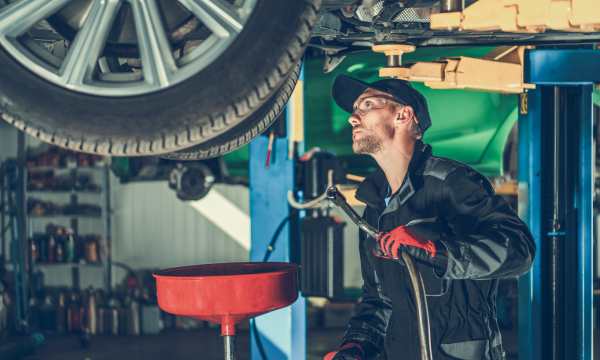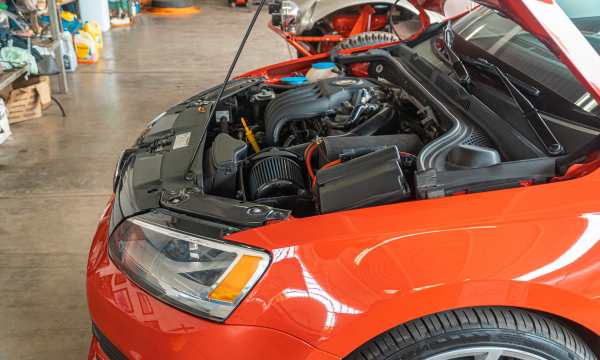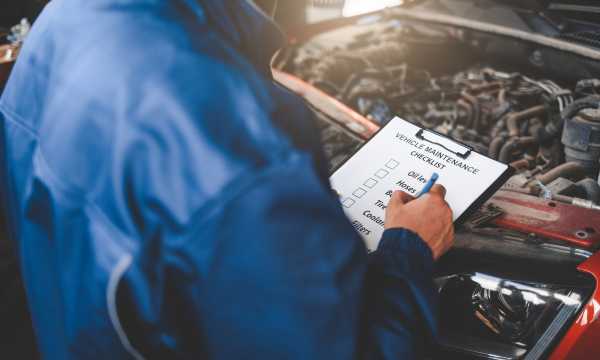Top 5 Essential Car Maintenance Tasks Every Beginner Should Know
For beginners, it can be difficult to find your way around the field of car repair. That said, it’s important to know the basics to keep your car in good condition and avoid expensive repairs later.
Regular maintenance not only extends the life of your car, but also makes it safer and more economical. Here’s a beginner’s guide to five of the most important car maintenance tasks that are easy to do and can save you a lot of trouble in the future.
1. Change and Check Engine Oil:
Checking and changing the oil is one of the most important things a car owner should do for their car. Oil keeps your car running. It cools, lubricates and cleans the engine, preventing the parts from wearing out too quickly. Over time, motor oil breaks down and becomes contaminated with dirt, making it no longer usable.
What Must We Do?
Checking the Oil: Before checking the oil level, make sure the engine is cool and the car is on a level surface. Wipe the dipstick clean, replace it completely and pull it out again to check the oil level. The oil level must be between the highest and lowest marks. It should be yellow; if the colour becomes dull or rough, it should be replaced.
Changing the Oil: If you’re not sure how to do this, you can change the oil yourself or hire a professional. If you do it yourself, you will need to drain the old oil, replace the oil filter, and add new oil. Be sure to consult your car’s manual to find out what oil to use and how much to add.
2. Keep Tyre Pressure and Tread Depth the Same:
Properly maintaining your tires is important for the safety, gas mileage and longevity of your tires. If your tire pressure is too low, your car will drive poorly, wear out faster or even puncture. On the other hand, if the tread depth is too low, it can make grip more difficult, especially in wet conditions.
What Must We Do?
Checking Tire Pressure: When you check your tire pressure, do so at least once a month with a tire pressure gauge. This includes the spare wheel. The correct pressure setting can be found in your car’s manual or on a sticker on the inside of the driver’s door. You can find an air compressor at most gas stores, which you can use to change the pressure if necessary.
Checking Tread Depth: To check tread depth, place a coin in the tread groove with the head of the Lincoln facing down. If you can see the top of your Lincoln’s head, your tires need to be replaced. Testing showed the wheel depth was less than 2/32 of an inch.
3. Buy New Windscreen Wipers:
Windshield wipers are important for maintaining visibility in rain, snow and sleet. If your windshield wipers are worn or damaged, they can leave marks, obscure your vision and make driving unsafe.
What Must We Do?
Inspection and Replacement: Check your windshield wipers regularly for signs of wear, such as cracks, cracks, or dancing on the windshield. To replace most windshield wipers, simply lift the wiper arm from the windshield, press the small tab to remove the old wiper blade, and then attach the new wiper blade. In general, you should replace your wiper blades with new ones every six to twelve months.
4. Check and Replace the Air Filter:
Engine and cabin air filters in your car prevent dust, pollen, and other airborne contaminants from entering the engine and cabin. A clogged air filter causes your car to use more gasoline, drive less smoothly and deteriorate the air quality in the car.
What Must We Do?
Engine Air Filter: Look in the manual for the air filter housing under the hood. Open it and remove the old filter. If it looks dirty to the naked eye or has been used for more than 12,000 miles, install a new filter in the same way as the old filter.
Cabin Air Filter: Locate the cabin air filter behind the glove compartment or under the dashboard. If you’re not sure where to find it, check the manual. Follow the instructions in the manual and replace it with a new one if it is dirty or has been used more than 12,000 to 15,000 miles.
5. Check the Fluid Level Regularly:
Fluids such as coolant, brake fluid, power steering fluid and transmission fluid are also very important for the proper functioning of your car. Periodic checks should be made to ensure that these fluids are present in the correct quantities and have not degraded.
What Must We Do?
Check the Fluid Level: Make sure the car is parked on a level surface and the engine has cooled down. Then locate the reservoir for each fluid (see your manual). Use the marked line on the reservoir or dipstick to compare quantities. If you notice a decrease in the amount of fluid, you can have it checked by a professional. This is because it could mean there is a leak.
Conclusion:
By learning these five important routine maintenance tasks, you can take steps to keep your car running smoothly, efficiently and safely. Keep in mind that some tasks are simple and can be done at home, but other tasks may require professional help, especially if you are unsure how to do them or if you feel safe doing them yourself. Regular maintenance not only extends the life of your car but also ensures that you can travel safely for years to come.
FAQs:
1. How often should I check and change my car’s oil?
The frequency of oil changes depends on the vehicle model, oil type and driving mode. The oil level should be checked regularly, with conventional oil changed every 3,000 to 5,000 kilometres and synthetic oil every 5,000 to 10,000 kilometres. Be sure to consult your vehicle’s owner’s manual for the manufacturer’s recommendations.
2. What should my car’s tyre pressure be?
The manufacturer’s recommended tyre pressure can be found in the vehicle owner’s manual, on a sticker on the edge of the driver’s door or on the door pillar. This pressure should be used instead of the maximum pressure on the tyre sidewall.
3. How do I know when to replace my windscreen wipers?
Windscreen wipers should be replaced if they streak, jump, squeak or if the blade rubber is torn or worn. Check your windscreen wipers every six months and replace them at least once a year, or more often if problems are found.
4. Does a dirty air filter affect the car’s performance?
A dirty engine air filter can restrict airflow, reducing engine efficiency and fuel economy. A clogged cabin air filter can also reduce your car’s HVAC efficiency. These filters should be checked and replaced regularly to optimize vehicle performance and interior air quality.
5. How do you check the fluids in your car and what fluids are in it?
Park the car on a level surface and allow the engine to cool before checking the fluid level. Check the engine oil, coolant, brakes, power steering and transmission fluid. Your vehicle’s owner’s manual will list fluid testing locations and instructions. To get an accurate reading from your dipstick, wipe it with a clean rag and keep the fluid at a safe level. Fill the reservoir low according to the manufacturer’s instructions and check for leaks if the level drops frequently.
 Car Maintenance Tips
Car Maintenance Tips
Discover essential car maintenance tips to keep your vehicle running smoothly and efficiently. 1. Introduction Regular car […]
More Seasonal Car Maintenance Tips for Year-Round Performance
Seasonal Car Maintenance Tips for Year-Round Performance
Maintaining your car is important to ensure that it lasts as long as possible, remains safe and […]
More 10 Money-Saving DIY Car Maintenance Tips
10 Money-Saving DIY Car Maintenance Tips
Car maintenance can cost a lot of money, but there are many ways to save money without […]
More